Travel planning is exciting! The logistics, however, can be challenging. This guide to travel planning will help make things easy and keep you organized for any trip.
You made an awesome and inspiring vision board. What comes next? The easy part is dreaming up your wishlist of things you’d like to see and do. But sorting out how to actually make it all happen is a whole other story. And since making a plan for everything is our M.O., we’re here to help guide you through the potentially mind-numbing process and help you get to the fun stuff more easily.
This is our process for planning travel, but feel free to tweak it to suit your own needs. Or incorporate aspects into your existing travel plan to fine tune it a bit. This guide to travel planning is designed to break down all of the different elements into digestible bites, so you’re less confused and more organized.
Your Smart Device Is Your Best Travel Planning Tool
You’ve got a smartphone that’s practically an extension of your body, right? Of course you do! Well, by the end of your planning, you’re going to end up with a kickass spreadsheet containing ALL of your trip info. It will include where you’re staying, how to get around, what and where to eat, activities, etc., all in the palm of your hand to reference throughout your trip! Super boring and a total buzzkill, we agree. But it’ll save your arse a ton of headache as you go – both in your travel planning and on your adventure.
And while we’re talking smartphones, don’t forget to download our essential travel apps!
Now let’s get started. And be sure to bookmark this blog to reference later, as you make your plans!
Planning Your Trip
Everyone travels differently. Some like to plan every move, some like to take it as it comes and let themselves “get lost” in their adventure with little to no plans. Neither is right or wrong, just a matter of personal preference. Personally, we’re way more on the “planned” side, but we don’t choreograph every single move. We build in room for flexibility, including a floatable “free day,” which we’ll probably mention more than once here. A free day allows for the unexpected (like weather), or to mix & match partial days. We like to have a nice balance between a structured plan that we actually follow, but with the flexibility to be spontaneous or to pivot when necessary. Check out what we did with our free day in Japan here!
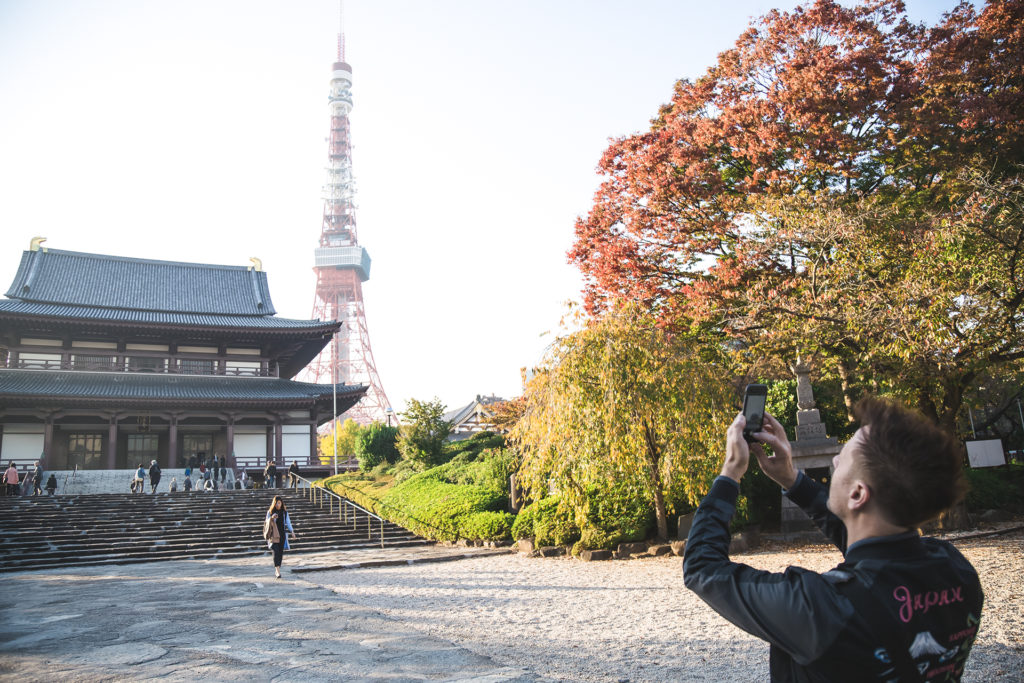
We know all of this is going to feel like a lot of work, and maybe not as fun as travel planning should feel, but our experience is that all of the research and planning actually gets us more excited for the trip than we already were. And along the way, we always end up stumbling onto things that we didn’t even know about, that end up making their way into our plans!
How To Pick A Travel Destination If You Don’t Already Have One In Mind
Sometimes, you know you’re going to be taking a trip but you don’t know what the destination of that trip is going to be… yet. No worries, welcome to square one of travel planning!
Two good places to start are Instagram (try this list of travel accounts!) and Pinterest. Browse for pictures of destinations that look awesome to you, then jump over to good ol’ Google to dig deeper into the places you’ve found. Or, get some inspo and tips from the many awesome travel vloggers on YouTube. And hey, you can also get some ideas from these posts: 9 Of The Most Romantic Getaways and World Travel: Make It Your Own!
AirBnB is also your friend for finding destinations, if you start by looking for cool and/or unique places to stay. Then look more into the town or city that it’s in and go from there. Now you’re living off the cuff! This is a great way to find and visit places you’ve never even heard of – it’s how we ended up visiting Maryville, Tennessee, just to stay in a World War II-era train car!
Your search can also start by looking at flights first! Both Google Flights and Skyscanner can give you costs for flying everywhere in the world, from whatever your home airport is, on the dates you plug in. Letting a great deal be the deciding factor is another way you can find yourself somewhere you hadn’t even considered.
Getting Started: The Master Spreadsheet
It’s time to start that spreadsheet we talked about. One of the keys for us is the ability to access it offline. Personally we use Apple, so Numbers is our go-to for spreadsheets. We make it shared through iCloud and boom! Google Docs is also great, and it works across platforms. Perfect if you’re traveling with others who carry different types of devices from your own.
Planning What To Do And Where To Go
Here’s the fun part: choosing all the cool stuff to do on your trip!

Start a list of what you’re interested in. Food, attractions, museums, festivals, nightlife… whatever floats your boat. Add it all to the spreadsheet. If you’re looking for more firsthand recommendations and insider information, Pinterest is a fantastic resource. Just search your destination, find tons of blog articles on practically anything you want, and pin ‘em to your own boards! The /r/travel subreddit is also super useful, as are Trip Advisor and WikiVoyage. WikiVoyage is like Wikipedia, but for travel. This is all firsthand information, written by travelers who have been to these places. Be sure to add in details like directions, what types of transit to take and the cost, what the hours are (if there are any), entry fees, etc.
Don’t forget to keep a “free day” in your schedule, as you’ll likely need it to shift things around a bit. It minimizes disappointment if and when things pop up, and it also allows time to fit in those unexpected, serendipitous discoveries along the way! It also keeps things flexible if your mood or the weather changes. That way you can swap things around and still do all of the activities you’d hoped to. Of course, you’ll want to see as much as possible since you’ve made the journey. Just don’t jam pack your schedule so much that it becomes unmanageable.
Booking Your Accommodations

Now that you’re getting a sense of what you want to do and where, the next step will be booking where it is that you want to stay. You don’t HAVE to do this in advance if you’re super freewheelin’, but for us it’s a must. We need to know where we’re staying, and have it locked in before we arrive at our destination. We try to find something that’s as close as possible to most of what we’re planning to see.
Depending on the type of accommodations that suit your comfort level and budget, here are a few options for where to search:
Lodging Resources
HostelWorld is great for traveling abroad and finding budget-friendly hotels, bed & breakfasts, and of course, hostelsl. And don’t worry, not all hostels are “hippy flop spots,” there are actually plenty that are quite nice, and going this route can save you a pretty penny. Obviously, take care to check all reviews, as there are plenty of those shady options out there as well. In the U.S., Hostels.com is great for finding boutique hotel options, as hostels are not common here. Utilize TripAdvisor as an additional resource in your travel planing. It has reviews and more photos of accommodations, so you can be sure you’re getting a well rounded idea.
From there, Booking.com is a great place to book the accommodation you’ve settled on, as their cancellation policy is pretty flexible. Hotels.com is also a good place to search & lock in your accommodations, and we’ve used it quite a bit ourselves.
Needless to say, AirBnB is a wonderful option when you might be in an area with limited options for places to stay. It’s also a great resource for unique stays, like the previously-mentioned WWII train car or even a treehouse!
[HOT TIP! Use our link and receive up to $65 off your first AirBnb booking.]
If you’re looking to book a U.S. campsite, Recreation.gov is pretty straight forward, as is ReserveAmerica.
Traveling With Dogs?
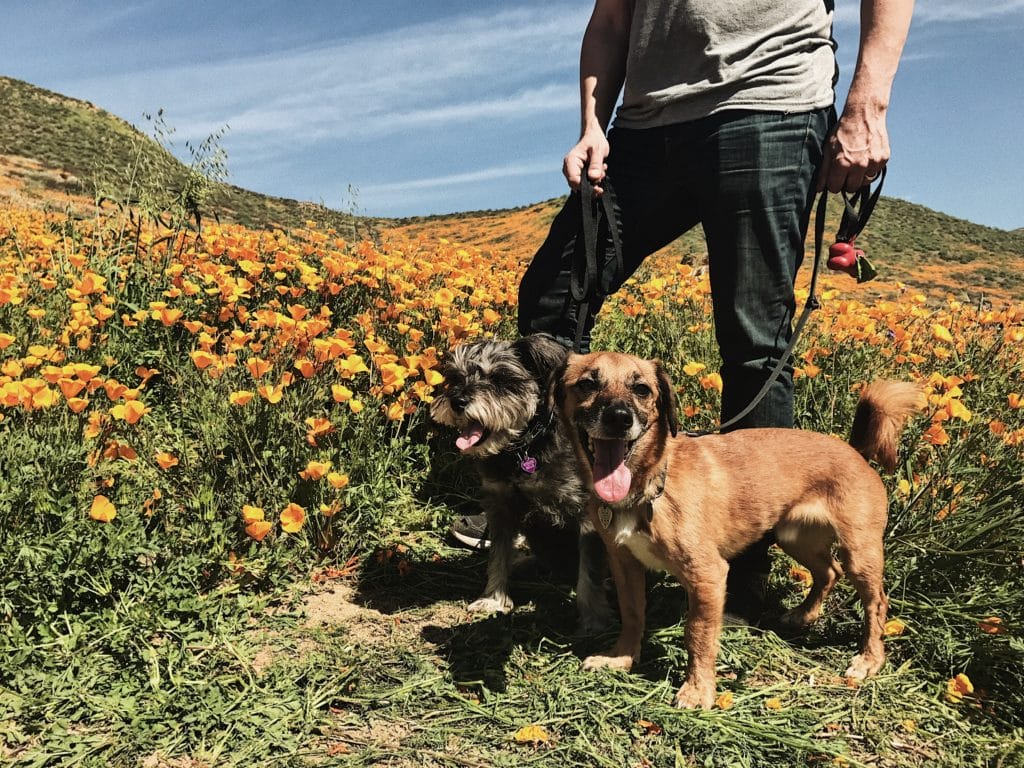
If you’ve seen our vlogs or been a reader of this blog for a while, you may have noticed that we love to travel with our dogs. We don’t take them overseas, as they’re senior dogs and wouldn’t handle a flight well. But we do take them to National Parks and Forests and have learned some valuable tips about each in the process. We’ve also researched the hotels in Los Angeles that cater to dogs and their people. Keep an eye on this space for even more resources if you travel with your four-legged best friend!
Organize Your Info Offline!
Also, whatever reservations you do book, make sure to screenshot your details, or if you get a confirmation email save it as a pdf. Be sure your confirmation/reservation number is included. Basically anything you’ve paid for in advance and might need to show proof of in a pinch – add it all to your spreadsheet! Any tours, ground transportation, flights, hotels, etc., get it in that spreadsheet! Then make sure your spreadsheet is available offline, because you never know what kind of connection issues you might have in transit.
Budgeting For Your Trip
Ok, we’re making progress in our travel planning and now it’s time to start budgeting and saving money (as you should have already been doing throughout the year ?)! Again, Numbers is usually our jam for spreadsheets. In our monthly household budget we already include a spot for travel savings. There are online resources and websites that can help you budget your trip as well, by using estimates and averages. We’ve done the estimating ourselves thus far. HOT TIP: We always estimate high and round UP in our estimates based on our research.
Sure, it’s tough to save on the regular throughout the year, and some months do come up short – that’s life! But somehow, anytime we’ve got a trip on the books, we laser-focus, cut back wherever possible, and knuckle down on the savings! It’s easy to add up quickly if you find any little day-to-day luxuries to cut back on. A $5 coffee here, a $10 adult bevvie there, other non-essentials, etc. Book whatever you can as early as possible to get the best rates. Use any credit card points or miles to help save on things like airfare (but make sure you have the money saved in advance to pay down those charges right away! Earning interest on your travel cancels out any great deals you might find).
Planning What To Pack For Your Trip
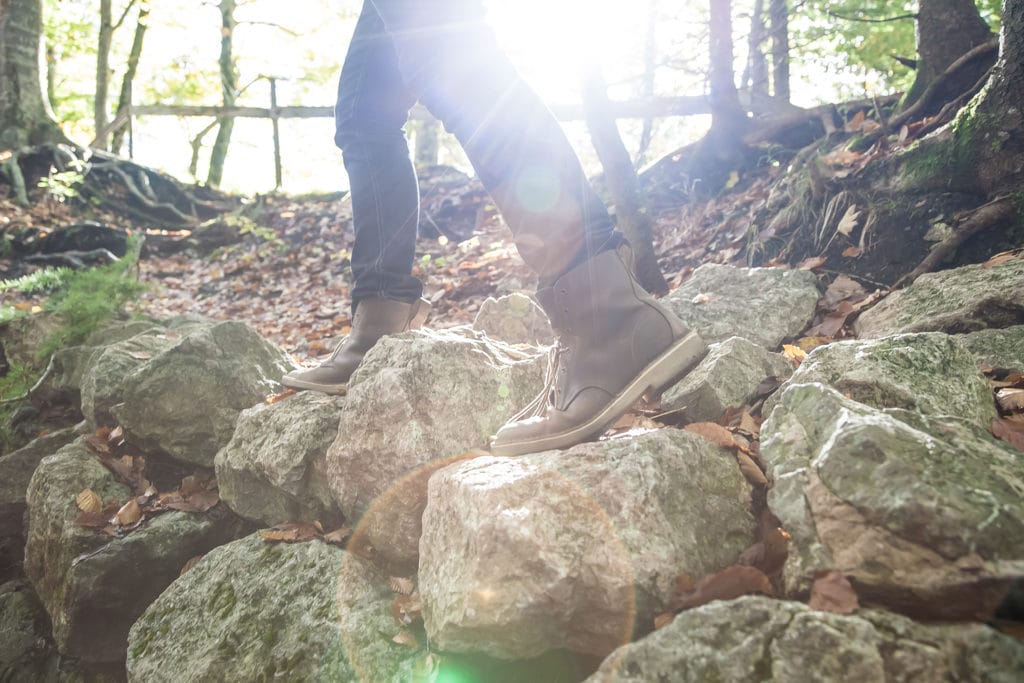
Alright, the trip is right around the corner now! You’ve got your destination, accommodations, things to do while there, and money saved up. Now you gotta figure out what the heck to pack! You don’t want to over pack and burden yourself with bulk and weight, but you also don’t want to underpack and find yourself in a pinch and needing to buy things you already own.
In deciding what clothes to pack, consider the environments you’ll be in, the weather, what activities you might be doing and what “special” items might best suit them, if you’ll need anything “nice” to wear on occasion, etc. Think “capsule wardrobe,” keep the amount of items to a comfortable minimum, and try to bring only those that are interchangeable and will work together in a mix-and-match scenario. Also, always bring layers. We repeat: layers!
As for toiletries, keep it minimal and stick to the basic necessities! First, think through what you’ll be doing on your trip as best as you can, and then pack only what you’ll need. Shampoo, conditioner, soap, moisturizer, sunscreen, deodorant, and from there, whatever other necessities you might need personally (makeup, etc.), and keep that as minimal as possible. You don’t need every option or luxury you might have at home! Customize from there to suit your own needs. HOT TIP: One thing that wouldn’t hurt to have is a small first-aid kit.
Planning Your Ground Transportation
This one is crucial. After a long journey, you’re probably tired and possibly short on patience. Having to figure out on the spot how you’ll be getting to where you’ll be lodging is not advised. Do this research in advance.
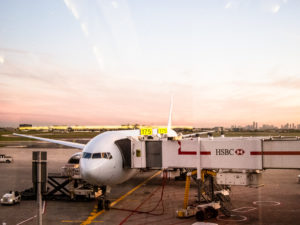
If you’re considering taking a taxi – research! It’s common for foreigners to be targets for jacked up cab pricing at airports, but with some basic research you can get a good idea of what a “red flag” might look like. Research what it should cost to get to where you’re staying by taxi. Also research how to spot the fakes, if taxi is in fact the cheapest option, and if it’s cheaper and possible to hail one off of airport property. Are Lyft/Uber available, legal, and safe at your destination? Even better, many airports, ports, and train stations have public transit options that you can take directly from the terminal. This is especially useful if your hotel is right off of that transit line.
We recommend you research your transport for as much of your trip as possible. At least have a good idea what will be best for each activity you’ve planned. What is the most common local transportation? The most affordable? Is it safe? Obviously there will be a learning curve when arriving in a new place, but if you’ve done your research, the hassle will be minimum.
Getting Familiar With The Local Culture Of Your Travel Destination
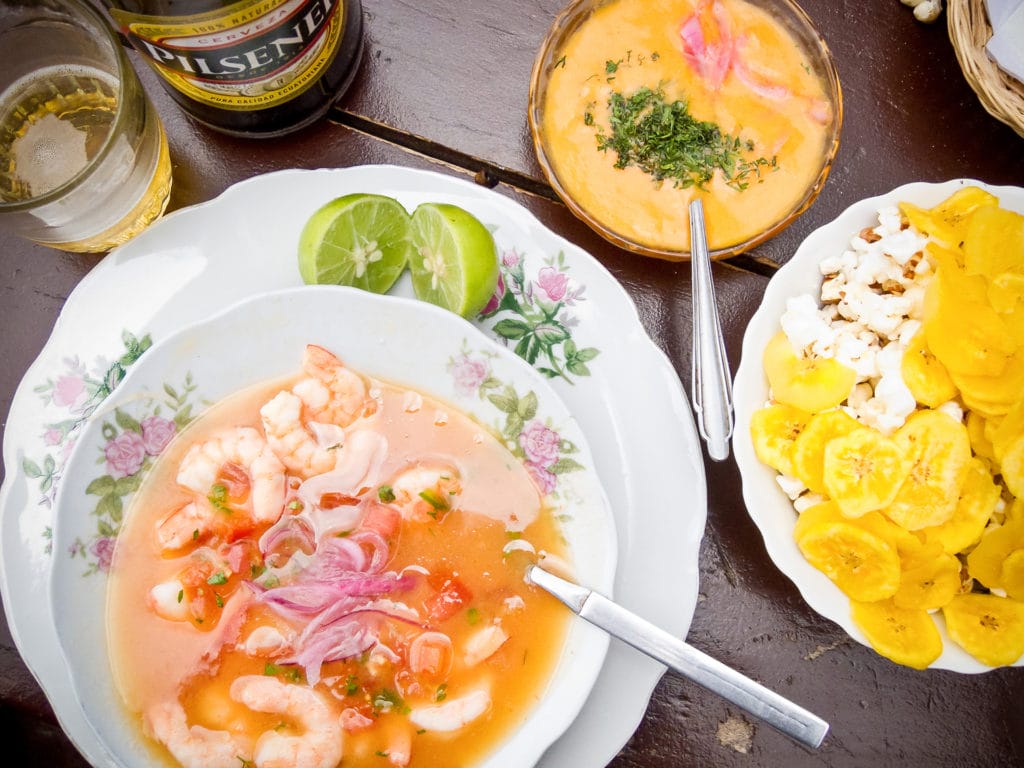
This is where the magic happens as far as we’re concerned. We love, love, LOVE to keep the tourist-y attractions minimal and the local, cultural experiences at a maximum. The best way to experience any local culture is to do some research. Find out what the social manners, behaviors, and traditions are. Make an attempt at learning some basic words and phrases in the local language, if not more. Be open to trying the local foods (you can has cheezburger when you go home)! Frankly, if you’re closed off to new foods, you’re missing out on half of the experience! Overall, be polite and humble, and your “hosts” will likely respect that you’re making the effort to appreciate their culture.
Keeping Your Travel Risks To A Minimum
Often overlooked in all of the excitement of traveling is safety. Especially if you’re a bit new to it all or only an occasional traveler. Sure, most people have some consideration for basic stuff like pick-pockets or what neighborhoods/areas might be a bit unsavory. But don’t assume everything will always be fine. Expect the unexpected. And we don’t mean to “be afraid,” just be prepared. Are there any common local scams, for instance, that foreigners are vulnerable to? And absolutely be aware if there is political unrest or tensions in the country you’re traveling to. Know before you go!
Traveler’s Insurance
All that said, do yourself a favor and add getting traveler’s insurance tour travel planning agenda. And make sure you’re covered not only for medical emergencies, but also for trip delays or cancelations! It is money well spent and is a wise investment. There are plenty of providers out there to suit your needs. They cover short trips, long ones, or extended periods of time for digital nomads or frequent travelers. World Nomads is great for shorter trips, and check out SafetyWing if you’re more on the longer-trip tip or doing the digital nomad thing.
Medical Needs
You should also be sure to check if your destination requires any specific vaccines, and CDC is the best resource for that. If you’ve got any personal medical needs, be sure to get those all sorted out before you take off. Get medications refilled with more than you’ll need for the amount of time you’ll be gone.
Required Documentation
Is there any documentation that you’ll need? For example, proof of vaccines or a Visa? Every country has different requirements, so be sure to do your research thoroughly during your travel planning so you don’t arrive somewhere unprepared! LonelyPlanet is a great resource for this info, as is the embassy of the country you are traveling to. And as for personal documents, we like to have a scanned, hard copy of our passports somewhere separate. It’s not unusual for passports to go missing from time to time. We like to keep all of our important docs digitally stored online somewhere as well, like iCloud, Google Drive, or Dropbox. This way, if anything happens, you can access them easily. It’s also not a bad idea to make your docs and itinerary accessible to family or close friends. That way, someone will be able to help you in case of emergencies.
Ready To Go?
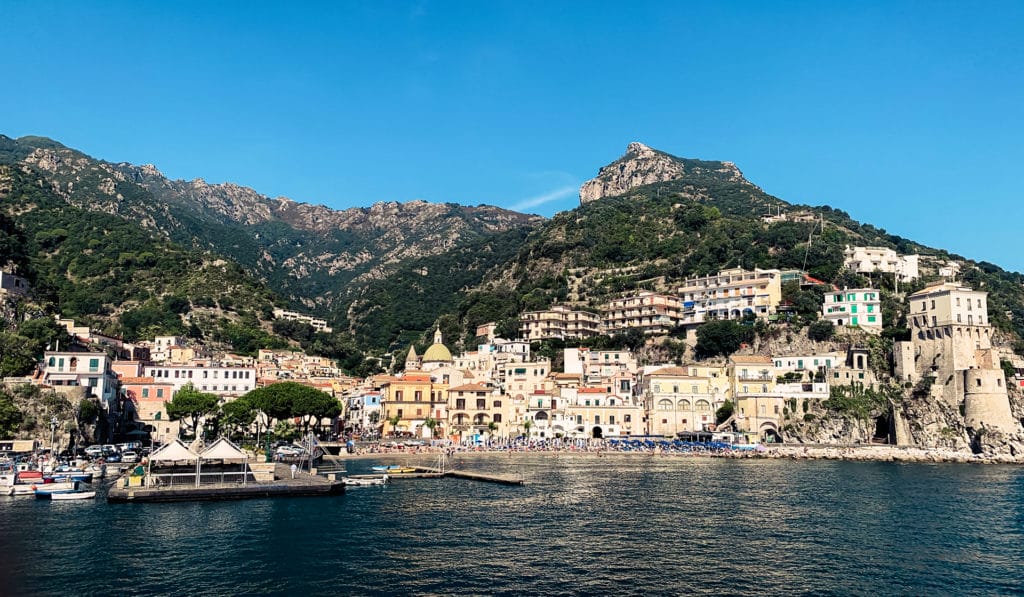
So how are ya feelin’ – ready for your trip… or headache-y? We’ve covered a lot here, we know. Hopefully we’ve helped streamline and remove the stress from your travel planning. We’re constantly learning and upping our travel game with each trip, so check back for updates. And if there’s anything we left out, please hit us up in the comments and let us know. Meanwhile, check out our post Essential Apps For Traveling to be even more prepared to hit the ground running when you reach your destination. Have an awesome trip!
Tell us: Where are you planning to travel to next?

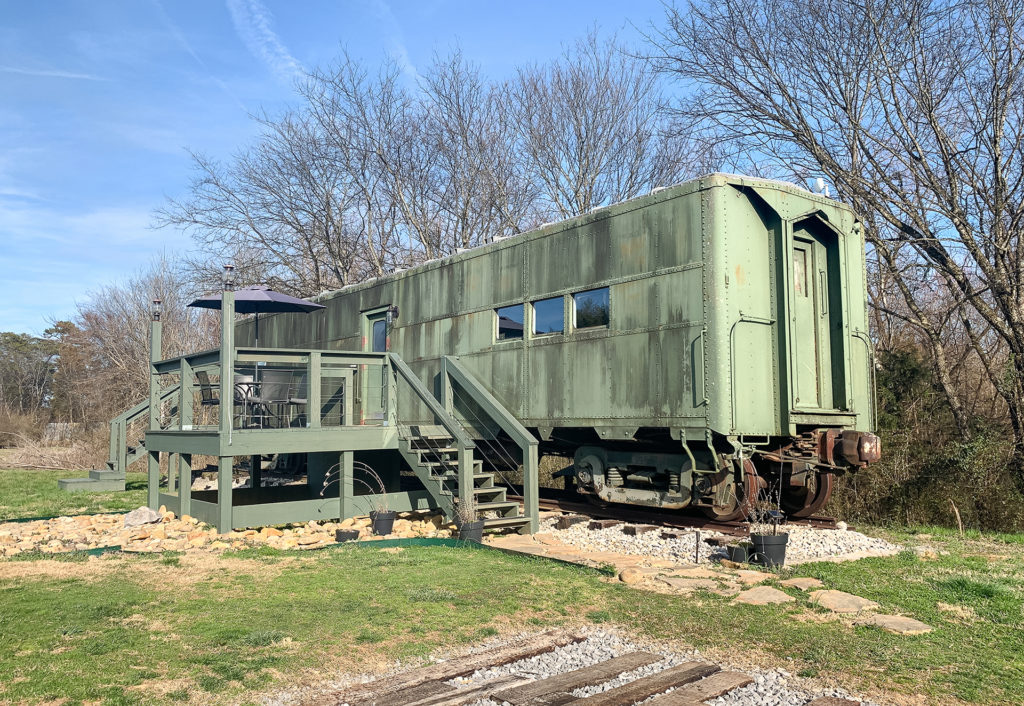
Can’t wait for everything to safely open up. A visit to Cuba is definitely on our radar! And all these travel tips will be utilized!
Comments are closed.